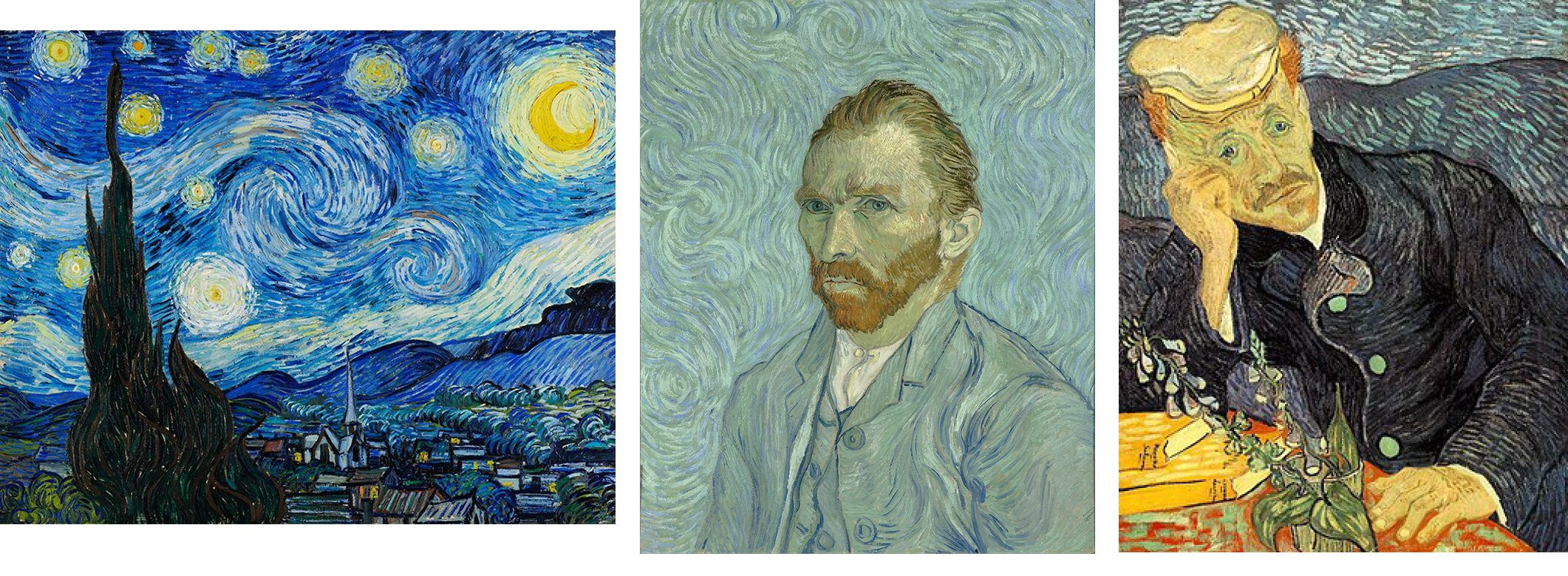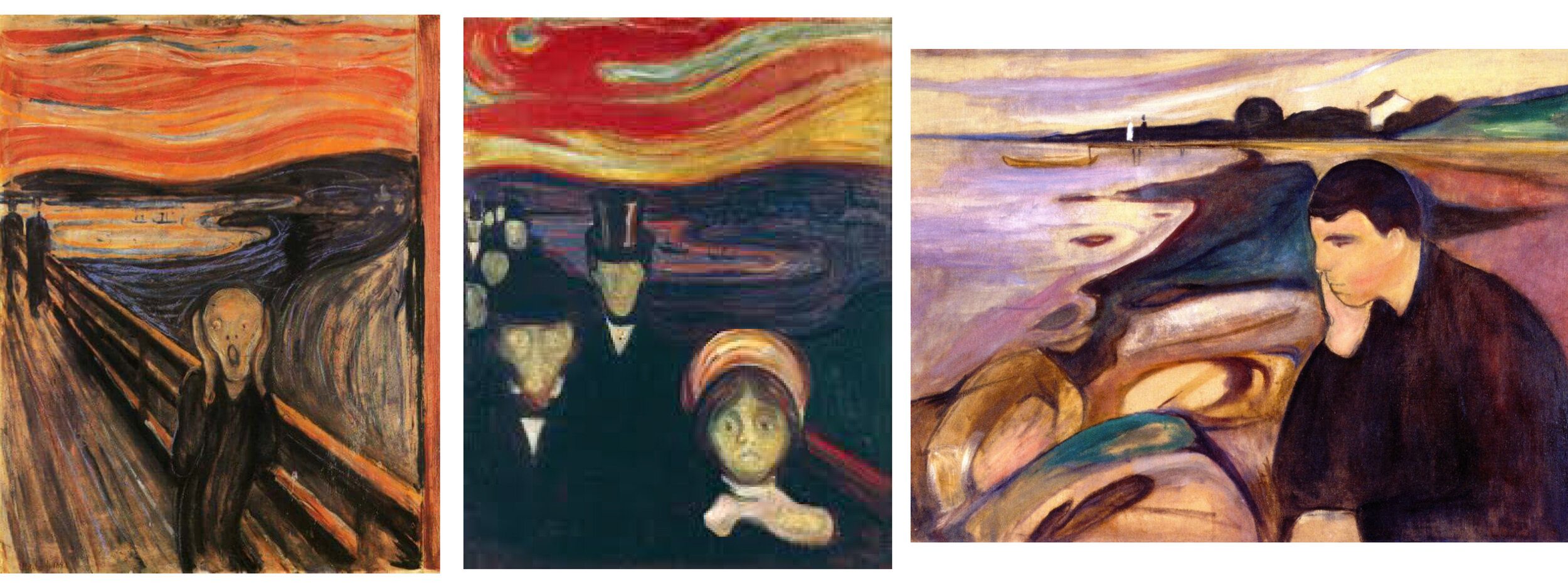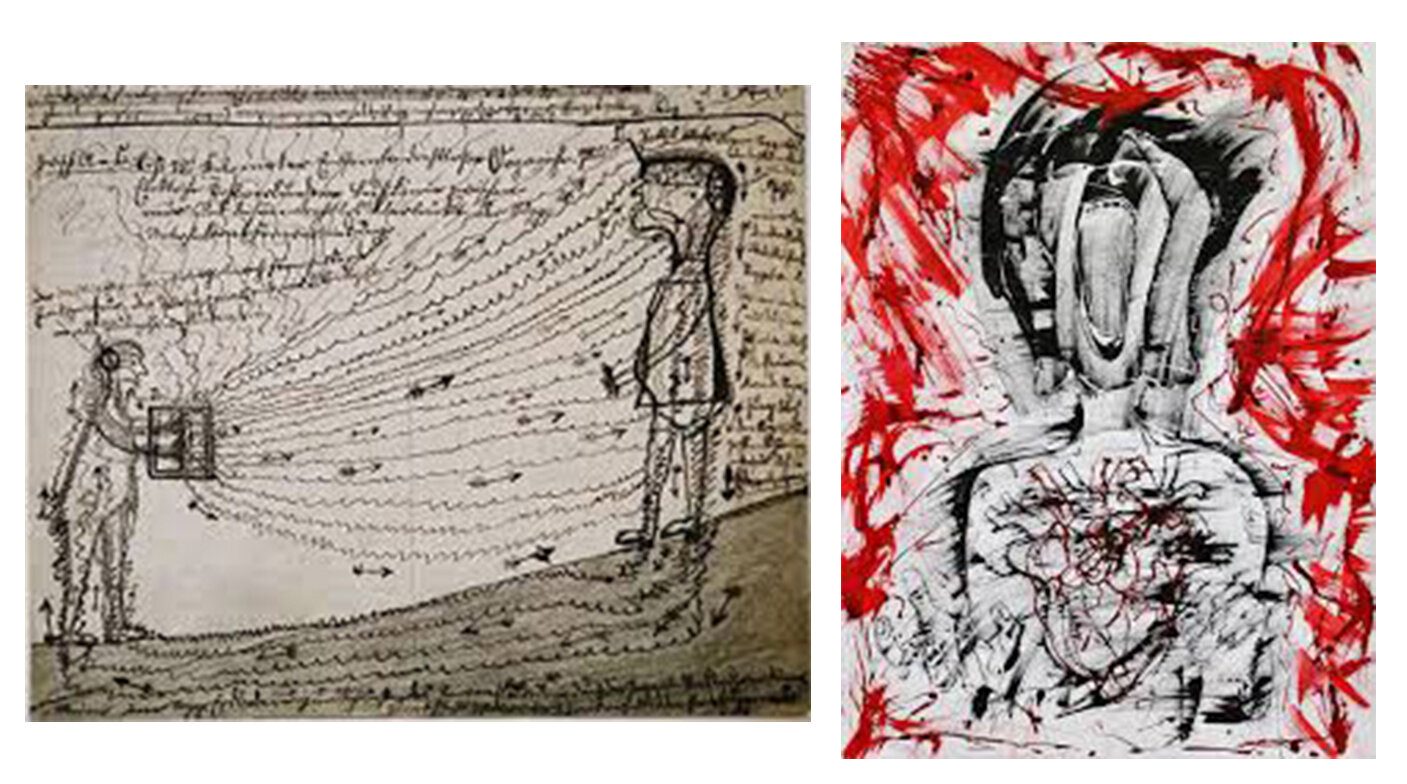This article addresses the link between art (mainly fine arts), artists and mental health. Both art therapy and what patients in psychiatric hospitals have been able to create and how they have contributed to a new movement are discussed.
Francisco Goya, Paul Cezanne, Vincent van Gogh, Edvard Munch, Mark Rothko, Jackson Pollock. They all suffered from mental disorders. That hasn’t stopped them from creating works recognizable decades later. They have made a name for themselves both during their lifetime and long after, overcoming the limits imposed by their specific mental suffering. Art for them was their escape from the harrowing reality.
Francisco Goya
In 1792, Goya was incredibly unwell, with constant fever and constant confusion (he was said to be suffering from encephalitis). Even when he recovered physically, he still suffered from episodes of hallucinations, depressive states and emotional outbursts. After his struggles, he decided to transform mental illness and those suffering from it into a series of engravings entitled “Los disparates” and “Los proverbios”, from 1815 to 1824. He never exhibited them, nor were they revealed to the public until 40 years after his death.

Paul Cezanne
Paul Cezanne had repeated bouts of depression and expressed them in a multitude of canvases such as “Pyramid of Skulls”, “Murder”, “Young Man with a Skull” and three works entitled “Self-portrait”.

Vincent Van Gogh
Van Gogh also had depressive episodes, frenzies and repeated hallucinations. Doctors blamed absinthe for the artist’s poor mental state, but he was diagnosed post-mortem with a variety of illnesses, including bipolar disorder. The mood swings, obsession with death and psychotic perceptions can be seen in many of his works, the best known being “Starry Night”, “Portrait of Dr. Gachet”, “Self-Portrait”, and “Vincent’s studio window at St. Paul’s Hospital in Saint Remy”.

Edvard Munch
Most post-impressionists are known for exposing their struggles in art. Despair and helplessness are best shown in the well-known work “The Scream” by Norwegian Edvard Munch, for which he has several versions. Most of his paintings expose his fears and convey his despair, his helplessness, his distrust of a better life. This includes “Anxiety”, “Vampire” and “Melancholia”.

Mark Rothko
Rothko struggled with depression all his life. The deep colors in his paintings provoked feelings of sadness in viewers and himself. Most of his works are untitled.
Jackson Pollock
Jackson Pollock was addicted to alcohol and, unable to stay sober for long, he exposed his suffering, sadness and suicidal ideation through art. There is a recording of him expressing his inner chaos on canvas, an activity that brought him a sense of fulfillment and peace.

The question remains. Is there a clear link between creativity (art) and mental illness? There are multiple studies on this. The older ones say there is a link, but more recent ones, such as the one led by Simon Kyaga at the Karabins Institute in Stockholm or the one led by the University of Gothenburg, say the opposite. One does not always imply the other, with researchers finding no clear association between being creative and having a psychiatric condition. We are still left with questions like “If you are a writer, for example, will you develop a psychiatric problem?” or “Do mental health problems lead to individuals trying to express their inner feelings in a creative way?”.
Art, on the other hand, helps people to express their emotions, to give them a form regardless of their nature, so we can use this way of expression as a therapy. As Emil Cioran said, art can help both the artist and the viewer/reader. The philosopher said in ‘Exercises in Admiration’ that constant writing helped him through his long periods of insomnia, even stopping him from killing himself. Writing was the ultimate form of therapy for him.
Frida Kahlo also said that art, painting specifically, was there for her when no one else was. Physical pain and health problems became part of her daily life after a serious bus accident. Her artistic work shows the trauma she went through, the immobility and mental and physical pain she was constantly struggling with.
There are many examples of artists for whom their own art turned into a form of therapy. So is art a form of therapy in general? Definitely yes. The first documentation of art therapy appears in mid-19th-century Scotland, where patients were encouraged to draw and paint in asylums. Since then art therapy has evolved into a subject in its own right, with degrees, master’s programs and even PhDs.
It is used in hospitalized patients with severe and persistent mental problems, but also in patients with depression, various types of anxiety and emotional problems. There are plenty of rehabilitation programs as well as programs for those diagnosed with an autism spectrum disorder that use art therapy. This type of therapy is also used with people without mental problems as a way to express their feelings and thoughts.
About the artists presented at the beginning, we cannot clearly say what state they were in from a mental point of view, as there are no concrete documents to prove it. We will also mention people whose disorders were diagnosed and whose art was made while they were in psychiatric hospitals.
A year after the psychiatrist Walter Marghentaler published a monograph on the life and art of Adolf Wolfli (a schizophrenic patient under his care), Hans Prinzhar published “The Art of the Mentally Ill”, a text on mental illness and creativity. Prinzhar’s studies have received a lot of attention from the public and even from interesting artists such as Paul Klee, Max Ernst and Jean Dubuffet. In 1940, the term “outsider art” was coined.

The most interesting works of art created in psychiatric hospitals are thought to be those of schizophrenics. Even a famous artist by the name of Louis Wain was one of them. At the beginning of his artistic life he painted anthropomorphized cats with large eyes that often gambled. Shortly after his wife died, he was triggered into depression and also diagnosed with schizophrenia at 57. He became aggressive and was hospitalized, spending the last 15 years of his life hospitalized. It was not only his personality that was affected, but also his artistic style, as his paintings became less and less like his original art (for example, his famous smiling cats became more geometric and colorful). Most of these psychedelic cats were born at Napsbury Hospital, where Wain was admitted and died.

Schizophrenics give a specific, indeed remarkable, form to what they see. Most include eyes and various machines designed to spy on them and collect data about them, as most of them suffer from paranoid schizophrenia. The torment they go through makes them very precise when describing their beliefs. On the other hand, the eyes can represent how self-aware they are and their connection to the real world.


Most people suffering from schizophrenia want to abstain from medication because they claim it takes away from their inspiration, a case in point being the mathematician John Nash.
The art of those in psychiatric hospitals has also inspired many artists who do not suffer from a mental illness to create canvases depicting various illnesses such as social anxiety, depression, insomnia, post-traumatic stress disorder, bipolar, borderline personality, autism spectrum disorders, obsessive-compulsive disorder and anorexia.
So we see how art often has the power to vividly express feelings and moods that are otherwise hidden deep down in our minds.



Resources:
[1] The link between creativity and mental illness, confirmed by the largest ever study
[2] The link between creativity and health
[3] The Problem With Studies Claiming Artists Have Higher Rates of Mental Illness


